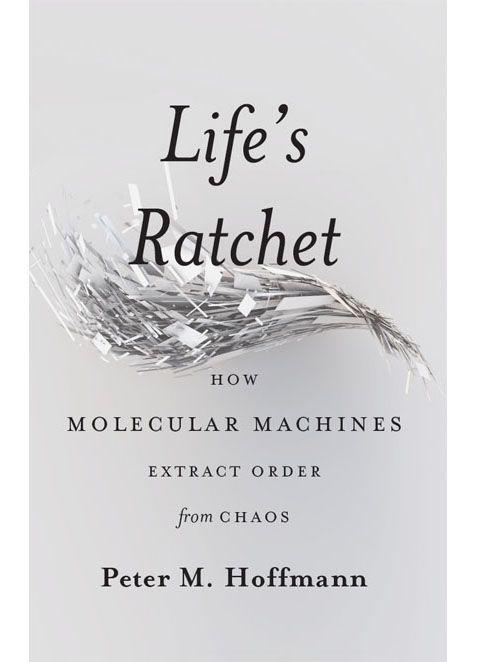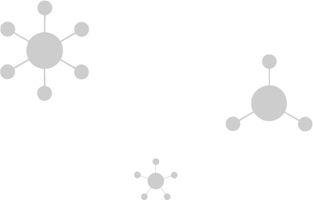Life's Ratchet: How Molecular Machines Extract Order from Chaos
Read Life's Ratchet: How Molecular Machines Extract Order from Chaos Online
Authors: Peter M. Hoffmann


Life’s Ratchet

Life’s Ratchet
 HOW
HOW 
MOLECULAR MACHINES
EXTRACT ORDER
from
CHAOS

P
ETER
M. H
OFFMANN
BASIC BOOKS
A Member of the Perseus Books Group
New York
Copyright © 2012 by Peter M. Hoffmann
Published by Basic Books,
A Member of the Perseus Books Group
All rights reserved. Printed in the United States of America. No part of this book may be reproduced in any manner whatsoever without written permission except in the case of brief quotations embodied in critical articles and reviews. For information, address Basic Books, 250 West 57th Street, 15th Floor, New York, NY 10107.
Books published by Basic Books are available at special discounts for bulk purchases in the United States by corporations, institutions, and other organizations. For more information, please contact the Special Markets Department at the Perseus Books Group, 2300 Chestnut Street, Suite 200, Philadelphia, PA 19103, or call (800) 810-4145, ext. 5000, or e-mail
[email protected]
.
Designed by Pauline Brown
Typeset in 11.5 point Dante MT Std by the Perseus Books Group
Library of Congress Cataloging-in-Publication Data
Hoffmann, Peter M.
Life’s ratchet : how molecular machines extract order from chaos /
Peter M. Hoffmann.
p. cm.
Includes bibliographical references and index.
ISBN 978-0-465-03336-2 (e-book)
1. Molecular biology. 2. Bioenergetics. 3. Life (Biology) I. Title.
QH506.H636 2012
572'.33—dc23
2012018626
10 9 8 7 6 5 4 3 2 1
To my lovely wife, Patricia,
and my parents, who raised me
to always want to know more.
3
The Entropy of a Late-Night Robber
5
Maxwell’s Demon and Feynman’s Ratchet
Introduction

Little Fly,
Thy summer’s play
My thoughtless hand
Has brushed away.
Am not I
A fly like thee?
Or art not thou
A man like me?
For I dance
And drink, and sing,
Till some blind hand
Shall brush my wing . . .
—W
ILLIAM
B
LAKE
That crude matter should have originally formed itself according to mechanical laws, that life should have sprung from the nature of what is lifeless, that matter should have been able to dispose itself into the form of a self-maintaining purposiveness—that [is] contradictory to reason.
—I
MMANUEL
K
ANT

A
BLACK SPECK WHIZZES IN FRONT OF MY EYES. Absentmindedly, I swat at it, only to find I have killed a fruit fly. I probably should not be upset, but I have destroyed a living being, an autonomous, moving thing that makes its own decisions, flies around, finds its own food, and knows how to make more copies of itself. I have destroyed a marvelous machine created far beyond the capabilities of our best scientists and engineers. Now, as I look at the dead creature, I wonder: What made this motionless mass of water and organic molecules so happily alive just a moment ago? What does it mean when we say something is “alive”?
I am a physicist, not a biologist. To be honest, my formal biology studies ended when I was in eleventh grade, and I never took a single university-level class in the subject. Why write this book? When I was in high school, I loved science and mathematics, but I could never get too excited about biology. It seemed like a lot of tedious memorization and ad hoc theories and appeared to lack the coherence, clarity, and universality of physics. This remained my opinion for many years while I finished my undergraduate studies in Germany and took off for graduate school in the United States. For a while I was your typical arrogant physicist, getting a good chuckle out of Ernest Rutherford’s quote: “Physics is the only science; all else is stamp collecting.”
